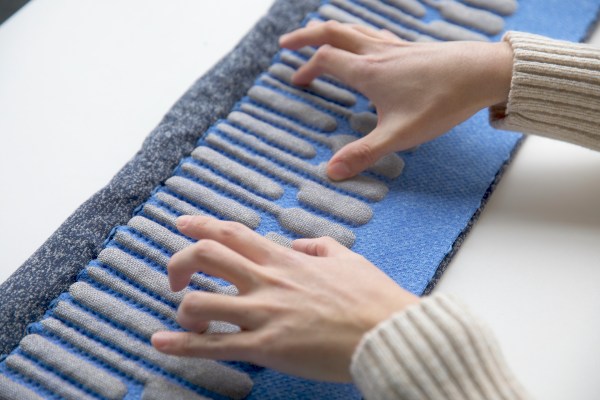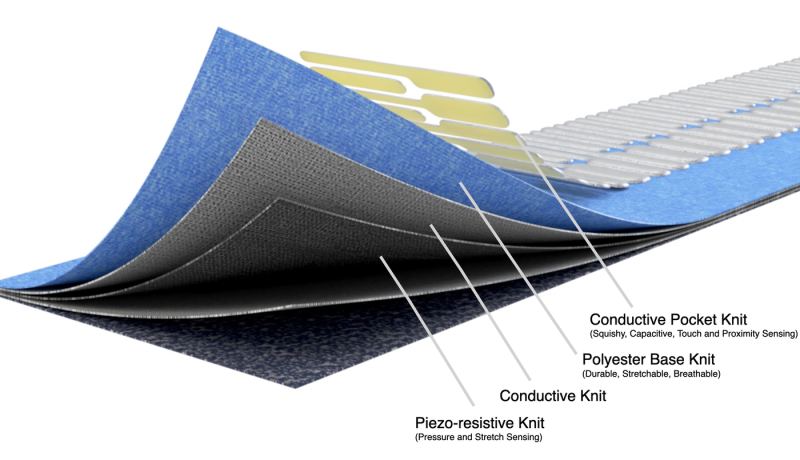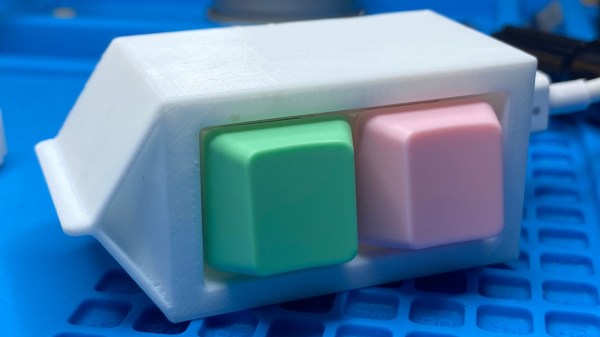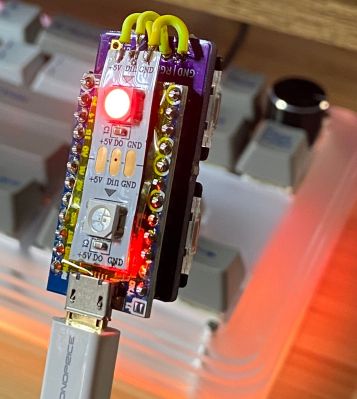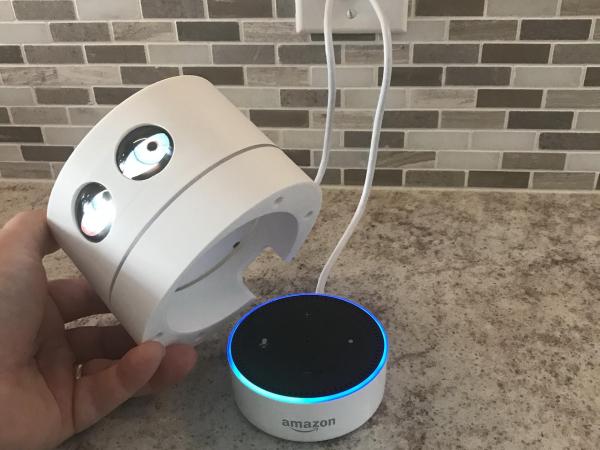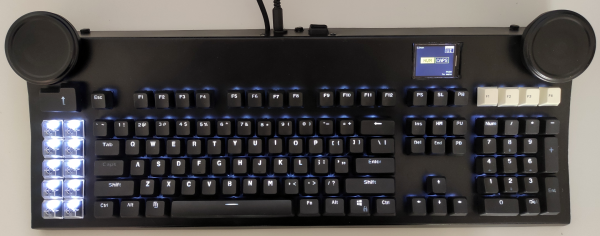News from the wizarding world is a little hard to come by for common muggles, but [Deep Tronix] has brought us one step closer to our magical counterparts with their electronic replica of the Daily Prophet newspaper.
Those familiar with the Harry Potter series will no doubt be familiar with the Daily Prophet. In the films, the newspaper is especially eye-catching with its spooky animated images, a reflection of the magic present throughout the wizarding world. This was achieved with post-production special effects for the films, but this fan-made front page of the Prophet brings the concept to life using e-paper technology and a few other interesting gadgets, all hidden away in a picture frame.
As mentioned, the heart of this project is the e-paper display and a Teensy microcontroller. While e-paper displays are excellent for displaying static text and simple graphics, they are usually not suitable for moving images due to suffering from a form of ‘burn in’, which can leave errant pixels on the screen. This means that e-paper technology typically has a relatively low frame rate for video. [Deep Tronix] has used a custom dithering library to somewhat mitigate this issue, and the results are impressive. Moving images are loaded from an external SD card, processed, and then displayed on the e-paper display, which is almost indistinguishable from the newspaper print that surrounds it.
The seemingly magical newspaper also has a face detection feature, which is enabled by a hidden camera and the venerable ESP32 microcontroller. This system integrates with the Teensy to record and then display the reader’s face on the e-paper display. A neat trick, which is made all the more eerie when these faces are later displayed at random.
We’ve seen Daily Prophet replicas before using more traditional display technology, however the move to an e-paper display goes a long way to improving the overall aesthetics, despite the lower frame rates. With Halloween just around the corner, you might just end up tricking a few people with this clever prop – check out all the build details here.
Continue reading “Muggle Uses E-Paper For Daily Prophet Replica”



